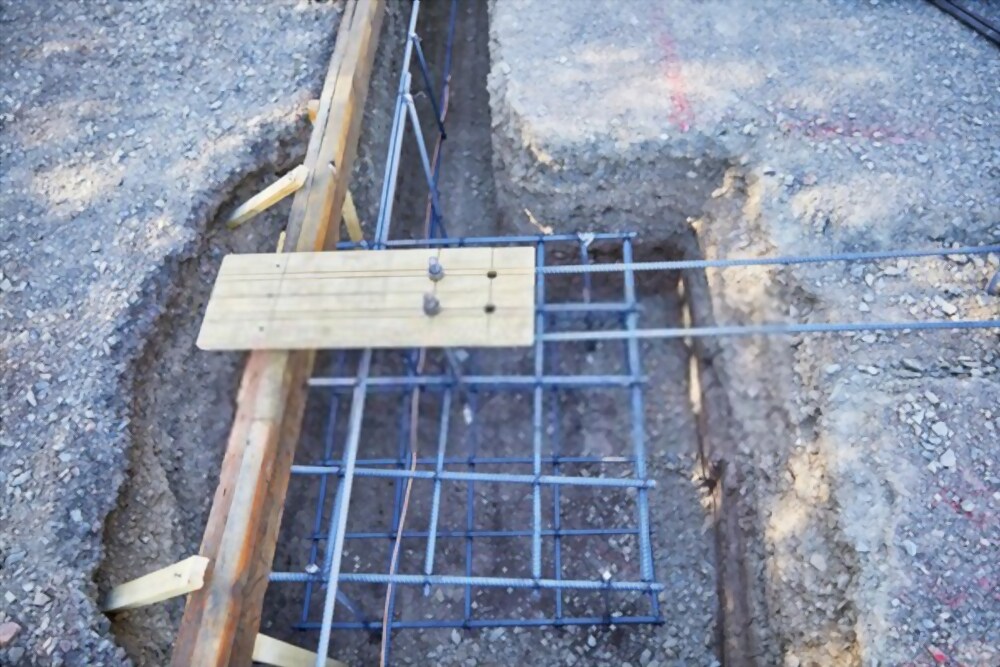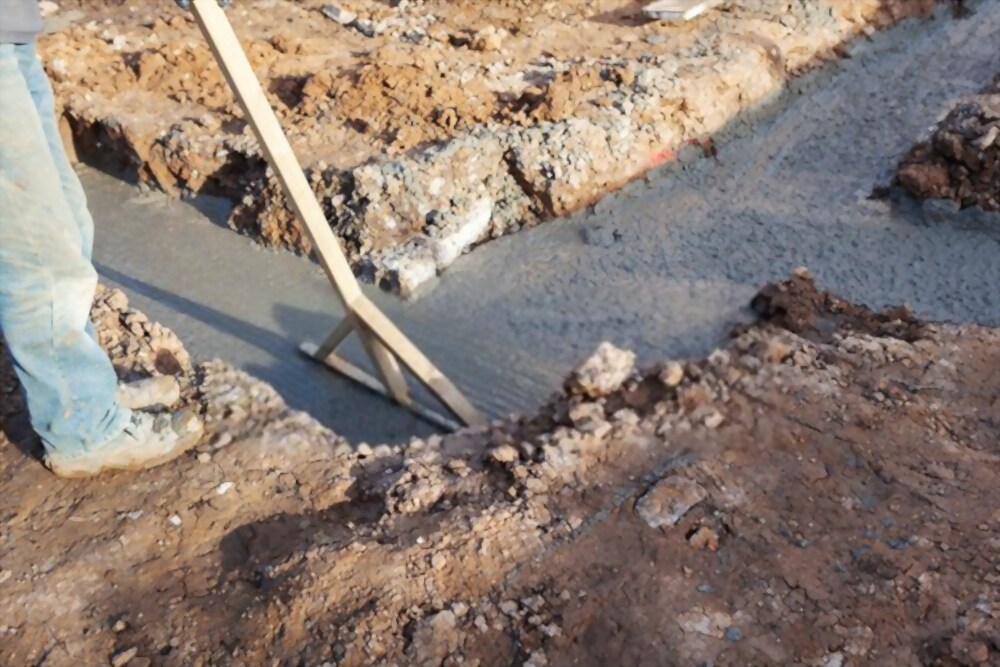Good construction is not only defined by how well it looks but also what goes in the making of the same. One of the key aspects that you need to consider is the footing foundation. It provides the right strength to the building and ensures that it stands tall. There are different types of foundation, and these are:
1. Shallow foundation
2. Deep foundation
If the depth of the footing is equal or more than its width, then its called as deep footing, or else it is called shallow footing. Many people tend to confuse footing with foundation, but there is a difference between the two. The objective of footing is to transfer the vertical loads to the soil. The footing is mainly used in conjunction with Shallow foundation.

What is trench footing?
When constructing a house, your contract will suggest trench footings which are a type of shallow foundation. It limits the need to have bricklaying. Instead, a trench is excavated and then filling it with concrete. This concrete is poured within 150mm of the surface ground level. With this, the need for excavation minimizes. It also reduces the width of the foundation. They are different from strip foundation as strip foundations use less soil than the trench foundations. Trench foundation keeps the soil safe from frost action, and for better results, when trench footings are created in frost susceptible grounds, they should be 450 mm below ground level.
This type of footing proves to be beneficial for the areas where you have troublesome soil. When we talk about trench footings, then various factors determine the same. The following factors impact the designing of the footing:
1. Soil condition impacts the depth and width of the trench footing
2. The size of the structure also decides the type of footing
3. An important feature of footing is placement. It plays a key role in supporting the structure. Hence you must check the placement of footings.
4. concrete footings have also proven to be useful in the construction of the deck, retaining wall, pergola and other types of construction.
Designs of footings:
There are different types of footings; we have already discussed that the design and size of the footing depend on the type of soil and construction. Some of the common design are:
• Spread footing– This one is a shaped upside-down T shape
• Stepped footing– It has a stair-like design
• Trench footing- The trench is excavated in the soil, and is then filled with concrete.
Every house’s foundation has a footing. While many of you may not know, but you should not undermine the importance of footing. Typically, soils need 16-inch or 20-inch wide footing. Concrete and rebar reinforcement are some of the methods by which trenching is done in soil. These footings are especially important in those areas which have different soil levels and soil types.
But if the area where you are building your house is on clay soil or there is a soft zone under the foundation of your place, then it can be troublesome, This can impact the overall strength of the soil, and hence you must opt for footing. Here trench footing can prove beneficial by holding the base.

Finding a good contractor
Look for the one who is experienced and also has complete knowledge about construction, trench footing and foundations which ensures sturdy construction. You can find umpteen options on the internet or else you can seek references.
Conclusion:
Make sure that while going ahead with the construction of the house, then you must not undermine the importance of trench footing and foundation. After the trench footing is dug, they should also be levelled with the right amount of mixed aggregate and cement.

